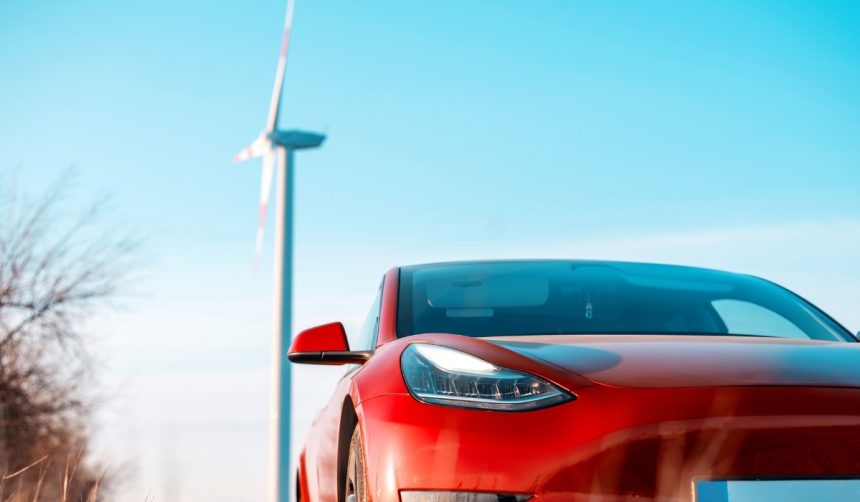Investor confidence in Tesla has recently encountered a recalibration after Mizuho’s analyst, Vijay Rakesh, reduced the company’s price target to $475, down from $485. This adjustment occurs amidst heightened attention to potential electric vehicle (EV) subsidy reductions slated for both the U.S. and China by 2026. Market watchers are closely monitoring how Tesla navigates these evolving regulatory shifts, especially as new models and technologies are set for launch in the next several years.
Mizuho’s revised expectations reflect a sharper emphasis on the influence of governmental incentives, contrasting with earlier projections that focused more heavily on company innovation and expansion. Over recent years, analysts viewed Tesla’s strength as largely stemming from widespread EV adoption and breakthrough technology like Full Self-Driving (FSD). However, today’s projections identify external policy changes in Tesla’s largest markets—where the U.S. and China accounted for a combined 71% of third-quarter 2025 sales—as significant variables shaping delivery outlook. This shift toward policy-driven uncertainty marks a departure from previous optimism that was grounded mainly in product pipeline and consumer demand.
How Will Subsidy Changes Affect Tesla’s Sales?
Mizuho forecasts that possible halving of Chinese EV subsidies and ongoing reductions in U.S. incentives may suppress Tesla’s vehicle deliveries more than previously estimated. The firm now expects Tesla to deliver around 1.75 million vehicles in 2026 and 2 million in 2027, undercutting earlier consensus figures. Despite these challenges, the analyst underscores that Tesla’s long-term prospects remain tied to its technology advancements and adaptive strategies.
What Are the Key Drivers for Tesla Beyond Subsidy Pressures?
Future growth, according to Mizuho, relies strongly on the adoption of Full Self-Driving software (FSD V14), the expansion of the Robotaxi service, and moves towards commercialization of Optimus, Tesla’s humanoid robot. These products are expected to serve as pillars in mitigating sales pressure from declining subsidies. The company’s focus on automation and AI-driven services appears central as it seeks new revenues beyond traditional vehicle sales.
Does Tesla Maintain Analyst Confidence?
Despite the price target reduction, Mizuho retains its “Outperform” rating on Tesla, highlighting a measured but optimistic outlook. The analyst stated,
“We are lowering TSLA Ests/PT to $475 with Potential BEV headwinds in 2026E. We believe into 2026E, US (~37% of TSLA 3Q25 sales) EV subsidy cuts and China (34% of TSLA 3Q25 sales) potential 50% EV subsidy cuts could be a headwind to EV deliveries.”
This position is echoed by reaffirming estimated deliveries:
“We are now estimating TSLA deliveries for 2026/27E at 1.75M/2.00M (slightly below cons. 1.82M/2.15M). We see some LT drivers with FSD v14 adoption for autonomous, robotaxi launches, and humanoid robots into 2027 driving strength.”
EV investors and industry observers may benefit from closely following policy developments in the U.S. and China, as these shifts can quickly alter growth assumptions for leading manufacturers such as Tesla. While the focus recently has honed in on regulatory risk, longer-term growth could depend on how swiftly companies can adapt their technological offerings to a changing market. Companies betting on services like robotaxis or advanced AI could offset sector volatility driven by changing incentives. Evaluating Tesla’s strategy illustrates the challenge all automakers face when policy uncertainty increases: rapid adaptation to maintain competitive advantage, especially as other brands intensify efforts in these core markets.










